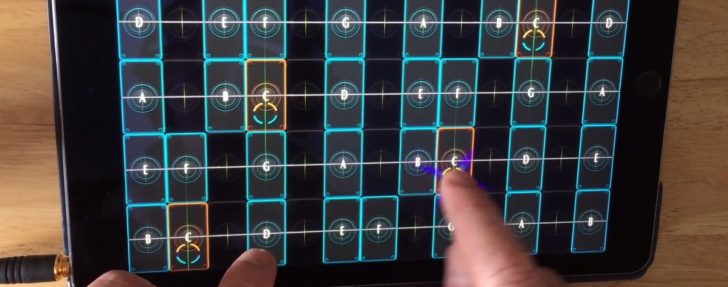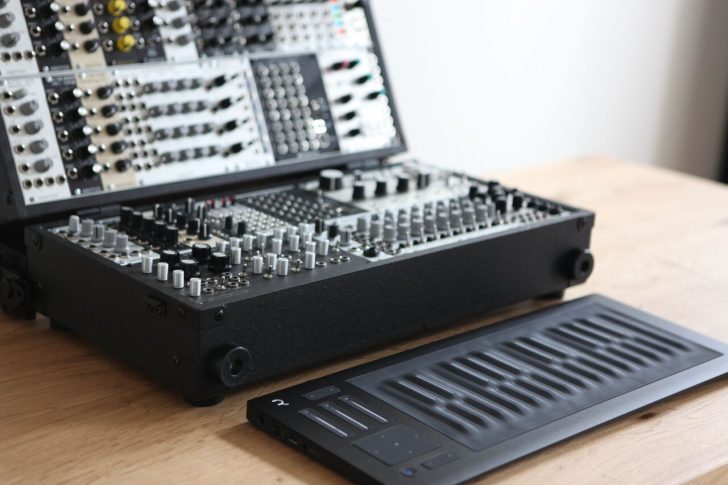The MIDI Association – the official organization for people that use MIDI – has officially published the specification for MIDI Polyphonic Expression (MPE).
MPE (originally ‘Multidimensional Polyphonic Expression’) was ratified as an official extension to MIDI by the MIDI Manufacturers Association in January. It is supported, in preliminary form, by a variety of controllers and applications.
Here’s how the MMA describes MPE:
Prior to MPE, expressive gestures on synthesizers—such as pitch bending or adding vibrato—affected all notes being played. With MPE, every note a musician plays can be articulated individually for much greater expressiveness.
In MPE, each note is assigned its own MIDI Channel, so that Channel-wide expression messages can be applied to each note individually. Music making products (such as the ROLI Seaboard, Moog’s Animoog, and Apple’s Logic) take advantage of this so that musicians can apply multiple dimensions of finger movement control: left and right, forward and back, downward pressure, and more.
The MPE specification is available to download from the MIDI Association site. You need to be a member of The MIDI Association to download, but the Association is free to join.
via Geert Bevin




Alright Ableton team… The spec is official so let’s see native MPE support added to Live 10!
Right on!
I wish MPE spoke to me a little more, but I’m slowly coming around, although less than 3 octaves crimps me too much. I’ve been a keyboard player for a long time and the theremin just didn’t work for me. OTOH, a Roli seems like a good pick because I enjoy playing solo guitar, violin or flute-like patches. The added flexibility feels like reaching for a monosynth because its the better tool for the job-of-the-moment than a stage piano. I’m still waiting to hear more people “rock out” on MPE, but its bound to happen with the rise in compatibility.
As a guitarist I really like the idea of MPE and want to get a Linnstrument.
I would so much love a desktop polysynth with MPE. DSI Prophet 12 or Rev 8 would be amazing.
cool 🙂